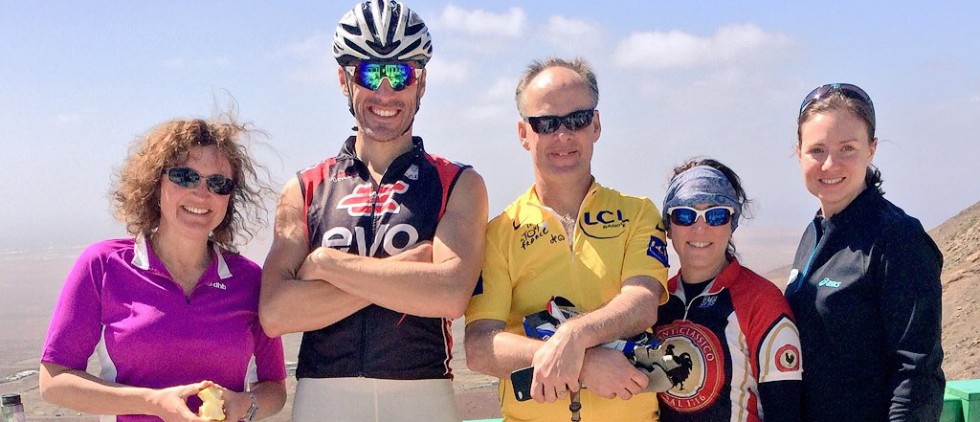This is one of many reasons I promote sport and activity in schools.
- An increasing body of evidence shows that young children who are more physically active are more likely to achieve higher academic success, less likely to develop mental health problems and less likely to start participating in risky lifestyle behaviours such as smoking, than children who are more sedentary (1).
- Physical activity creates a self-reinforcing cycle of benefits. Evidence shows that children that are active have more active minds and as a result they have a greater capacity to and desire to learn, which creates a more positive attitude towards school. The net result is improved academic performance (2).
- Sport encourages the development of behavioural habits such as discipline, increases young people’s motivationand confidence and assists in the teaching of skills such as following instructions. Thus, this not only leads to an increased willingness to reach their potential but also provides them with the basic skills needed to do this (3).
- The World Health Organisation (2011) states that physical activity has been associated with psychological benefits in young people by improving their control over symptoms of anxiety and depression; also it assists in social development by providing opportunities for self expression, building self confidence, social interaction and integration (4).
- Physical education, physical activity and sport have been shown to impact positively on the extent to which young people feel connected to their school and the extent to which positive social behaviours exist within school (5).
- 1- Generation Inactive: An analysis of the UK’s childhood inactivity epidemic and tangible solutions to get children moving (2015)
2 – Nike Designed to Move (2015)Active Schools: A practical guide for school leaders
4 – World Health Organisation (2011) Global recommendations on physical activity for health: 5-17 years old. Available at:http://www.who.int/dietphysicalactivity/publications/physical-activity-recommendations-5-17years.pdf
The references to physical activity relate specifically to physical wellbeing;
The references to mental health which links to mental wellbeing
The references to self-confidence link directly to the outcome of individual development
There is a specific reference to social development.

